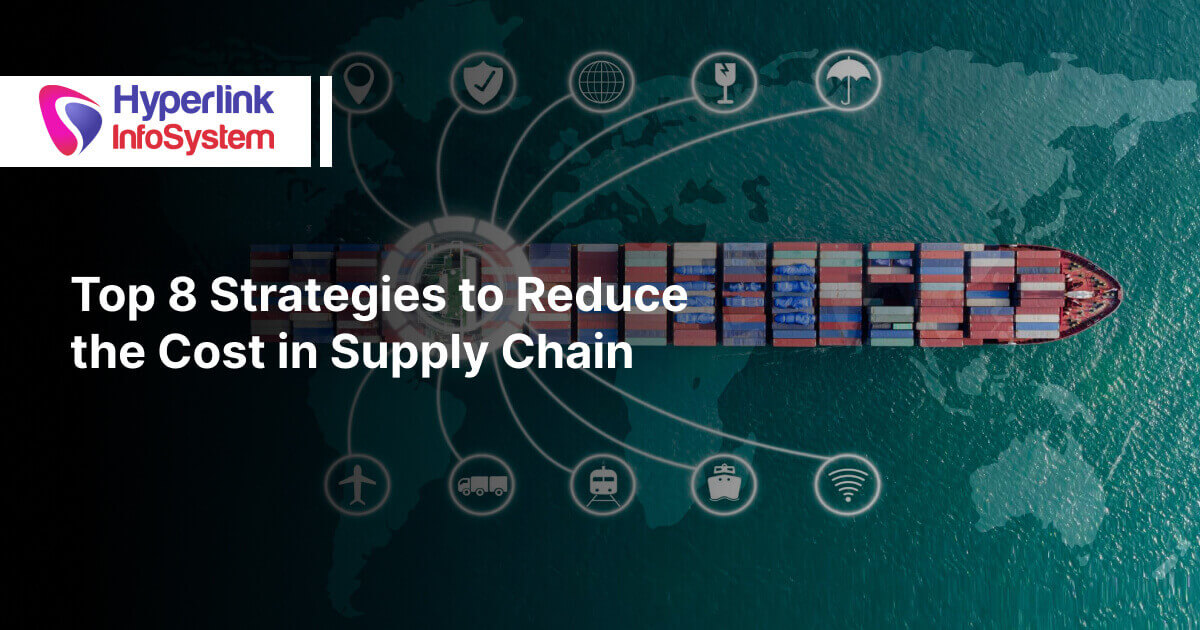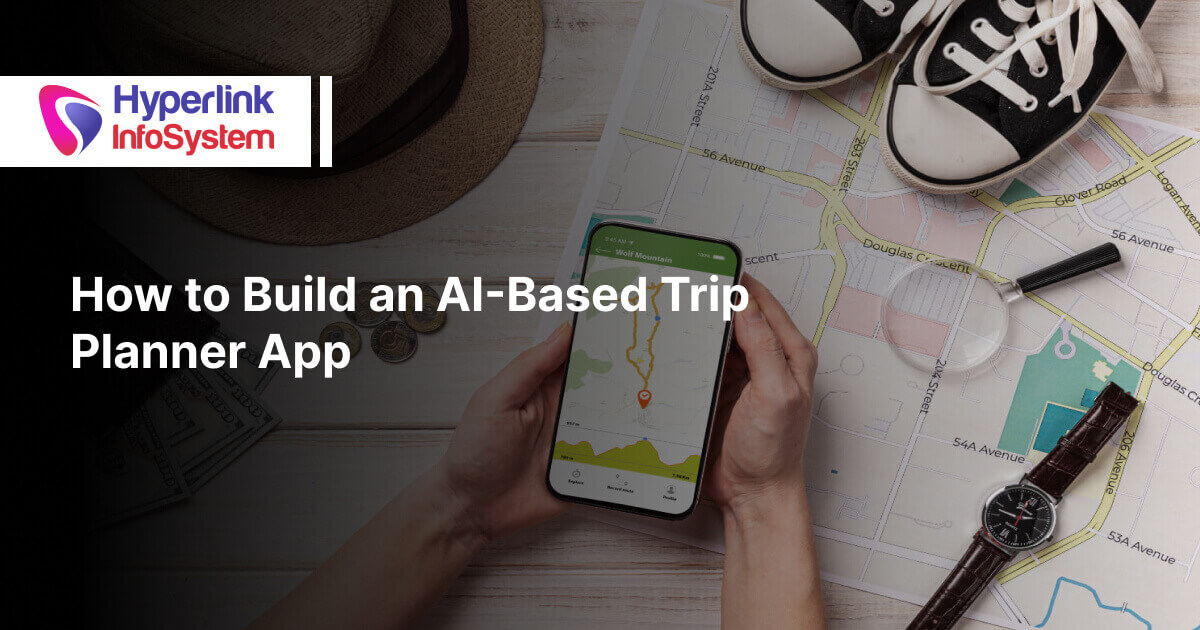With the Agile Manifesto in the spring of 2001, 17 software developers with project experience formulated the central values of agile software development for the first time. Among these software developers were the two Scrum founders Ken Schwaber and Jeff Sutherland. The Agile Manifesto is a milestone and at the same time the foundation of agile project management.
What does agility mean?
Agility is the dexterity, mobility or maneuverability of organizations and people in structures and processes. You react flexibly to unforeseen events and new requirements. When it comes to changes, agile enables you not only to be reactive, but also proactive.
Iterative approach as a basic principle
Working in short iteration cycles is the basic principle of all agile approaches, in which the client is presented with a preliminary result and the client issues appropriate partial acceptances or submits change requests. Other essential components of agile project management have meanwhile become the areas of risk management and quality management.
12 basic principles of agile project management
1. Customer satisfaction has the highest priority and should be achieved through fast and continuous deliveries.
2. The changing framework conditions during a project must be considered at all times in order to give the customer a competitive advantage.
3. The service or product is delivered at a higher frequency.
4. Developers and stakeholders need to cooperate closely on a daily basis.
5. The teams are supported with all the necessary tools and remain motivated at all times to ensure optimal results.
6. For quick success, meetings should be conducted face-to-face.
7. A finished and intact product is the measuring instrument for success.
8. The agile processes guarantee sustainable development.
9. Agility should be increased through a focus on technical excellence and appropriate design.
10. Simplicity is an important part of the work process.
11. The teams that organize themselves and develop their own structures are most likely to achieve the best results.
12. The work is checked and improved by the teams at regular intervals.
Waterfall model
One of the best-known models in project management is the waterfall model. The waterfall model is a good method for simple projects that don't have a lot of unforeseen problems.
The steps of the waterfall model run linearly according to the following points:
1. Analysis: For better planning, all requirements for the project are collected and defined.
2. Draft: Then a concrete and very detailed project model is drafted.
3. Implementation: The requirements resulting from the concept are defined and implemented as in the draft. New drafts or requirements are no longer made in this step.
4. Testing: The result is checked. If there are errors in the implementation, there is a step backwards to the draft, where they are corrected.
5. Application: After all tests have been completed, the result is used in a production environment. Further tests are carried out in the production environment.
6. Approval & maintenance: If the test went smoothly, the project result is published.
Kanban
Put simply, a Kanban board is a kind of wall on which work processes and activities are visualized. The term Kanban comes from the Japanese and means card, board or receipt.
Over the years, more and more industries have recognized the potential of Kanban boards. Today, the Kanban Board has become indispensable in agile project management and marketing in general. It is an elementary tool for designing and structuring work processes more efficiently.
Basically, a classic Kanban board has three or four different columns. However, the exact number of columns is not specified, it is important that the process can be optimally mapped with the board. Each column represents a process phase, i.e. an activity. You should choose the columns so that the Kanban board visualizes the entire workflow.
Scrum
An agile form of project management that relies on flexibility and self-organization of the team is Scrum. Instead of planning a project from start to finish and documenting everything in detail, the team should coordinate this model on a daily basis. It is then possible to act spontaneously on the basis of the members' knowledge and experience.
1. Creation of story cards
The team derives specific features and functionalities of the product from the client's ideas. These are recorded on so-called story cards. At the end of this step, it becomes clear which resources, tools, capacities and qualifications the project will require.
2. Entry in the product backlog
The team collects all the properties and functions that the product should have in a product backlog. At first, this list is very general and rough. In the further course of the project. it becomes more concrete step by step.
3. Set priorities
The team then decides on the priorities: Which functions and features of the product are most important for future users? What do users need to be satisfied? The elements that have no priority are sorted out, combined or moved. They can be edited when the project is revised or expanded at a later date.
4. Planning of partial processes
The team is now starting to plan the more precise implementation. Among other things, it clarifies how the product should be structured, which milestones have to be achieved on the way to the goal and which tasks, so-called sprints, have to be completed.
A few basic rules are also laid down: When and where do the project members meet every day? Which agreements are to be observed and which special features should be considered? These agreements serve as a framework for the further course of the project.
5. Separation in the sprint backlog
All individual tasks that need to be completed are collected in a sprint backlog. These so-called tickets provide an overview of the next work steps. Each team member independently selects tickets that match their qualifications and processes them.
6. Task solution
Sprint is called working on individual tasks. At the end of a sprint, there are partial solutions for the overall project.
7. Work with Sprint Burndown Chart
The team gathers every day for about 15 minutes. This meeting is known as Scrum and each employee explains what he has done since the last meeting, what is going to happen next and what obstacles stand in his way in his work. How the project is developing is recorded in a so-called sprint burndown chart.
8. Acceptance of milestones
Individual sprints are ended in a sprint review meeting. The team presents the interim results to the client. In separate meetings, the team members can also reflect on their cooperation and, if necessary, think about improvements in the work process.
9. Successful project end
Once all sprints have been completed, the finished product is delivered and the project is ended.
Projects are becoming more and more complex and need agile project planning methods, which can save a lot of time and costs and keep an overview of the individual phases. Contact Hyperlink InfoSystem for your agile project planning in marketing.
 +1 309 791 4105
+1 309 791 4105




















































 +91 8000 161161
+91 8000 161161
